DIY enthusiasts often misunderstand the process of joining polycarbonate roofing sheets or glass roofing when covering a pergola. Proper installation of your polycarbonate sheets is crucial to ensure your pergola is free from water leakage, sagging, and other potential issues.
Installing a glass-like pergola roof can be very easy when you plan the job correctly! Remember these top installation tips before starting to install Excelite clear Roofing sheets. Here are the top 8 points you should consider before install polycarbonate sheets.
- What Slope Should a Pergola have?
- Choose the correct plastic roofing sheets, Multiwall & Twinwall polycarbonate or glass like Solid Polycarbonate sheet?
- What is the joining way of your polycarbonate roofing sheet?
- What Type of Glazing bar to use? Plastic Joiner or Aluminium Joiners?
- How far apart should the rafters be on a pergola?
- Can you screw your plastic roofing sheets down?
- Can you join polycarbonate sheets with glue or silicone?
- How to secure the edge or gable of a polycarbonate roof?
Why Slope is important for your pergola?
- Water Drainage: A proper slope allows rainwater to run off the clear roof instead of pooling on top of it. This prevents water from accumulating and causing leaks or structural damage.
- Self-cleaning: A sloped pergola roof makes it easier for leaves, dirt, and other debris to slide off, reducing the need for frequent cleaning and maintenance.
- Improved Aesthetics: A pergola with a sloped glass roof tends to have a more visually appealing appearance.
- A roof without slope and proper support

What Slope Should a Pergola Have?
Polycarbonate roofing suppliers typically suggest a minimum slope of 5 degrees (or 8.8% fall), translating to approximately 88 mm drop for every meter the sheet runs horizontally.
What is the best material for my pergola roofing?
- Glass like Flat Polycarbonate Roofing
Excelite Polycarbonate Solid locking system require a 600/800mm rafter distance, centre to centre, offers Glass like, excellent aesthetics, versatility, and easy to install. Featuring a standing-edge and Aluminium joining system, it ensures 100% weatherproofing and allows large spans(600 and 800mm). Available Clear and Tinted Grey color, it's suitable for pergola, awnings, patio. Thickness at 4mm, and cut to your length.
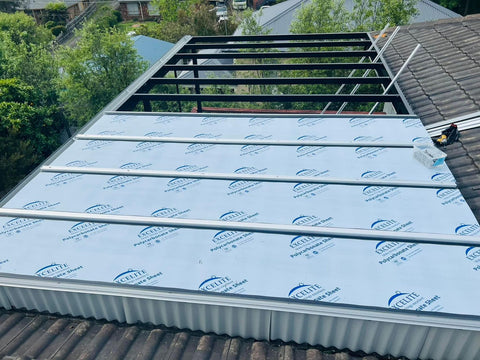
Excelite Clear solid polycarbonate flat sheets are adaptable for rafters spaced anywhere from 300 to 1000mm apart, and can be easily trimmed to fit your specific rafter distance. They offer enhanced flexibility and versatility. Additionally, solid polycarbonate sheets can be installed using Excelite aluminium H joiners, which provide a sturdy and waterproof solution thanks to their heavier-duty construction.

2, Twin wall or Multiwall polycarbonate roofing offers
Twin-wall and multi-wall polycarbonate roofing sheets are excellent choices for pergolas, offering several advantages:
- Lightweight and Rigidity: Twin-wall sheets are lighter than solid polycarbonate, yet their internal walls provide added rigidity, allowing for larger spans.
- Cost-effective: The reduced material usage makes twin-wall roofing and multi-wall polycarbonate more budget-friendly compared to solid glass-like polycarbonate.
- Improved Insulation: These roofing materials provide better insulation properties, helping to regulate temperature effectively.

There are two glazing bar options available for twin-wall sheets:
- Budget-friendly snap-fix polycarbonate Glazing bars, perfect for individuals with minimal DIY experience.
-
Two-part Aluminium H Joiners:
- Polycarbonate H joiner, suitable for specific thicknesses.
- Aluminium H bar, suitable for thicknesses ranging from 2mm to 16mm.
How far apart should the rafters be on a pergola in Australia?
Spacing for the rafters could be anything from 450 mm to 1000 mm, this will depends on what roofing material are you going to use. 600-800mm is the best rafter distance for glass like pergola roofing.

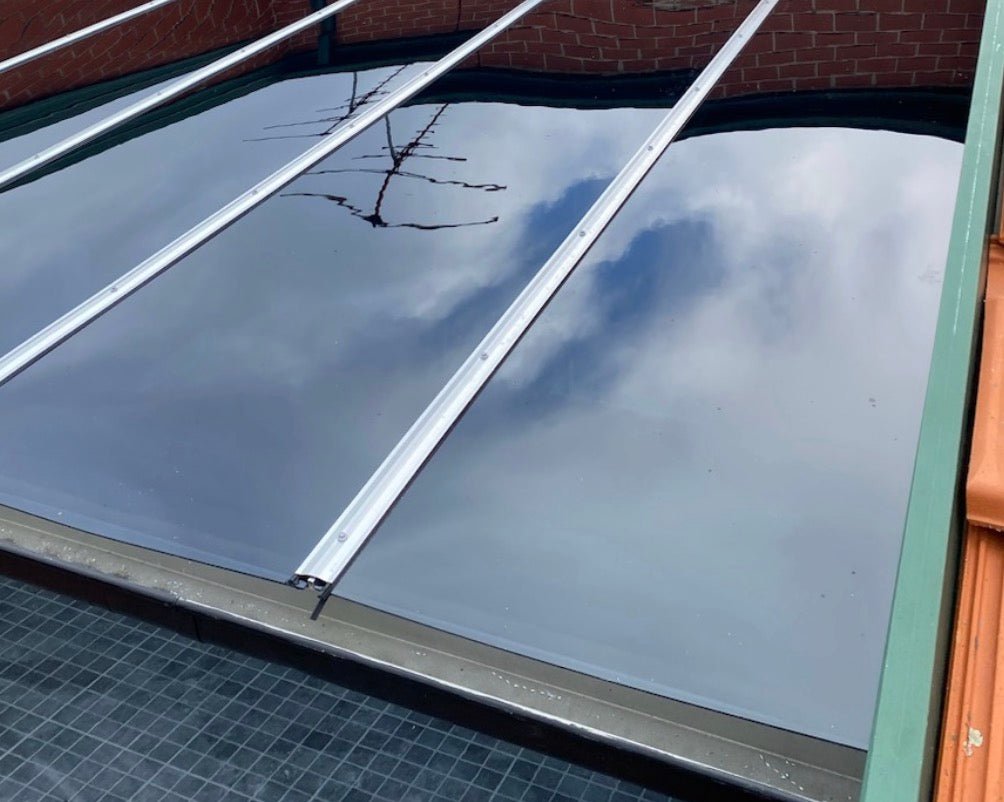

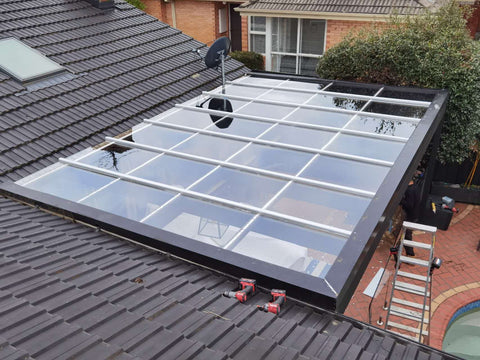
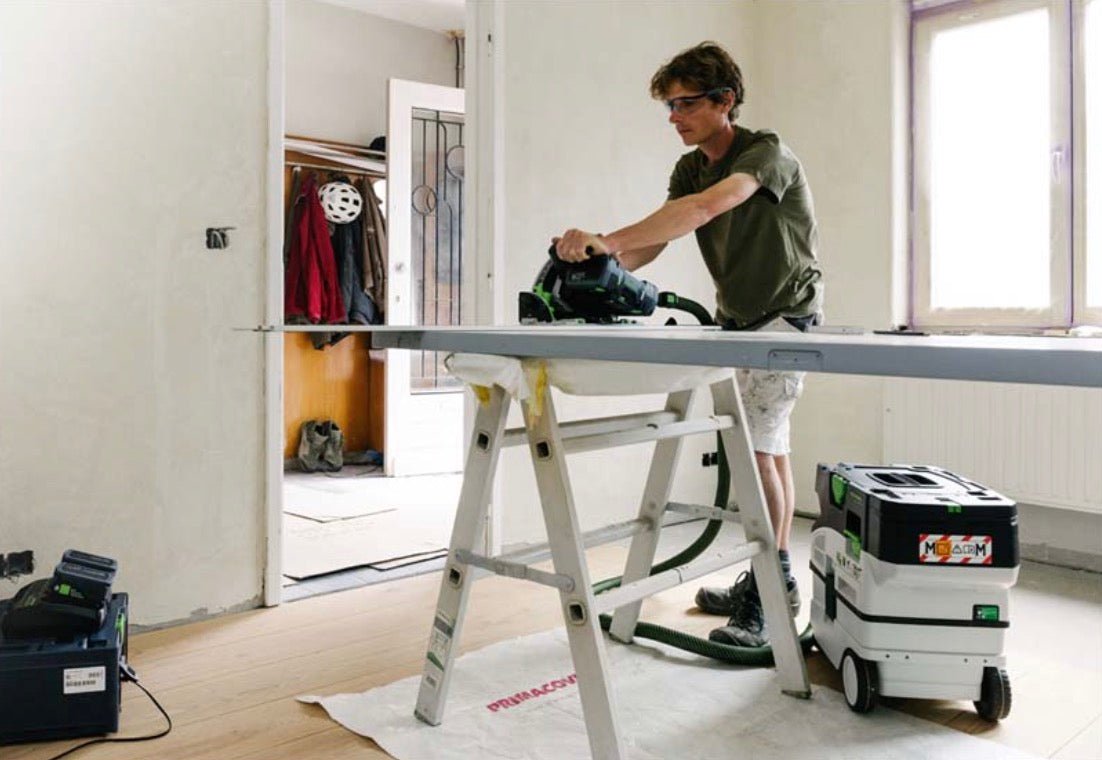
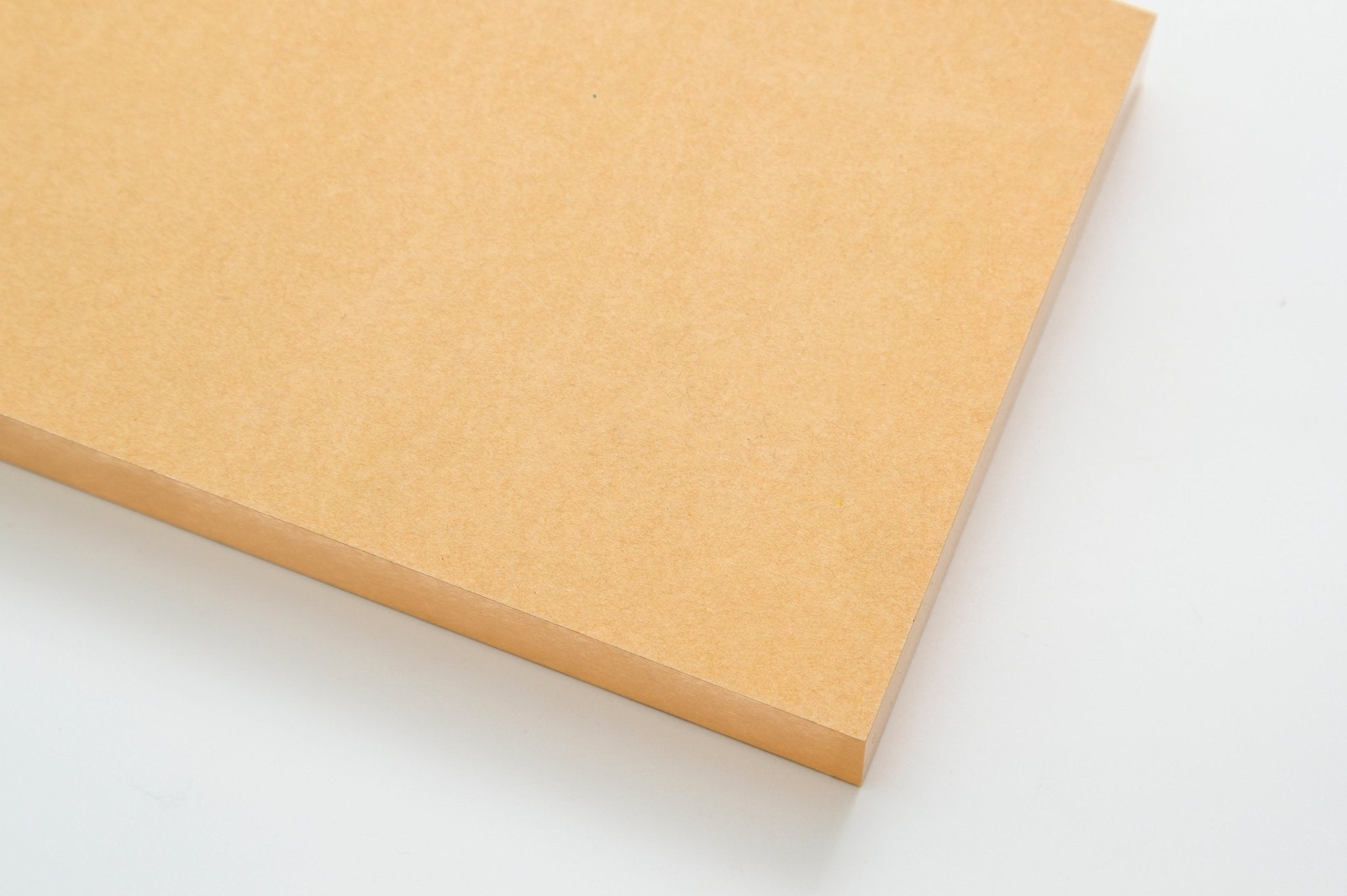
2 comments
Muhammed Khayis
Please provide the details of rain gutters usable for poly carbonate plain sheet roofing and also side coverage details, fixing screw details.
Please provide the details of rain gutters usable for poly carbonate plain sheet roofing and also side coverage details, fixing screw details.
Laurie Mills
Hey guys I’d like a quote on
Some sheets and H- joiners
Also do you guys provide aluminium angle for finishing against brick walls
3@ 1050×3000 10mm twin wall
5@ 1050×2440 10mm twin wall
Hey guys I’d like a quote on
Some sheets and H- joiners
Also do you guys provide aluminium angle for finishing against brick walls
3@ 1050×3000 10mm twin wall
5@ 1050×2440 10mm twin wall